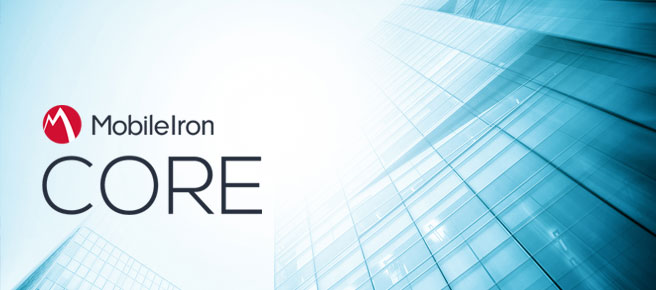
Description
MobileIron is a software company specializing in mobile device management and enterprise mobility solutions. The company was founded in 2007 and is headquartered in Mountain View, California, USA. The main product of MobileIron is a specialized software platform for managing the security of mobile devices in enterprises. The solution protects inactive data on mobile devices, in applications and in cloud storage, and also ensures the integrity of information as it moves between corporate networks, devices and data warehouses. MobileIron solutions help today's enterprises protect and manage information while maintaining the privacy and trust of end users.
MobileIron offers a mobile-first approach to security based on the Zero Trust principle. This means that the platform checks all users, devices, applications, networks and other objects for security threats. MobileIron solutions are used by thousands of organizations around the world to transform their business models using mobile IT. The MobileIron solution protects mobile apps, email, contact lists, calendars and other information assets on both iOS and Android devices.
MobileIron offers a mobile-first approach to security based on the Zero Trust principle. This means that the platform checks all users, devices, applications, networks and other objects for security threats. MobileIron solutions are used by thousands of organizations around the world to transform their business models using mobile IT. The MobileIron solution protects mobile apps, email, contact lists, calendars and other information assets on both iOS and Android devices.
Produced deployments
Produced products
Partnership with suppliers
Supplier | Partner status | Country | Partner types |
|---|---|---|---|
| IT Solutions Ukraine |
Partnership program
Authorized Training Partner | Global Systems Integrations | Corporate Resellers | Value Added Resellers | Distributor | |
|---|---|---|---|---|---|
| Partner discounts | |||||
| Additional benefits for registering a deal | |||||
| Additional Benefits | |||||
| Partner level requirements | |||||
| Annual Sales Plan | |||||
| Partner types | |||||
| Certification of technical specialists | |||||








